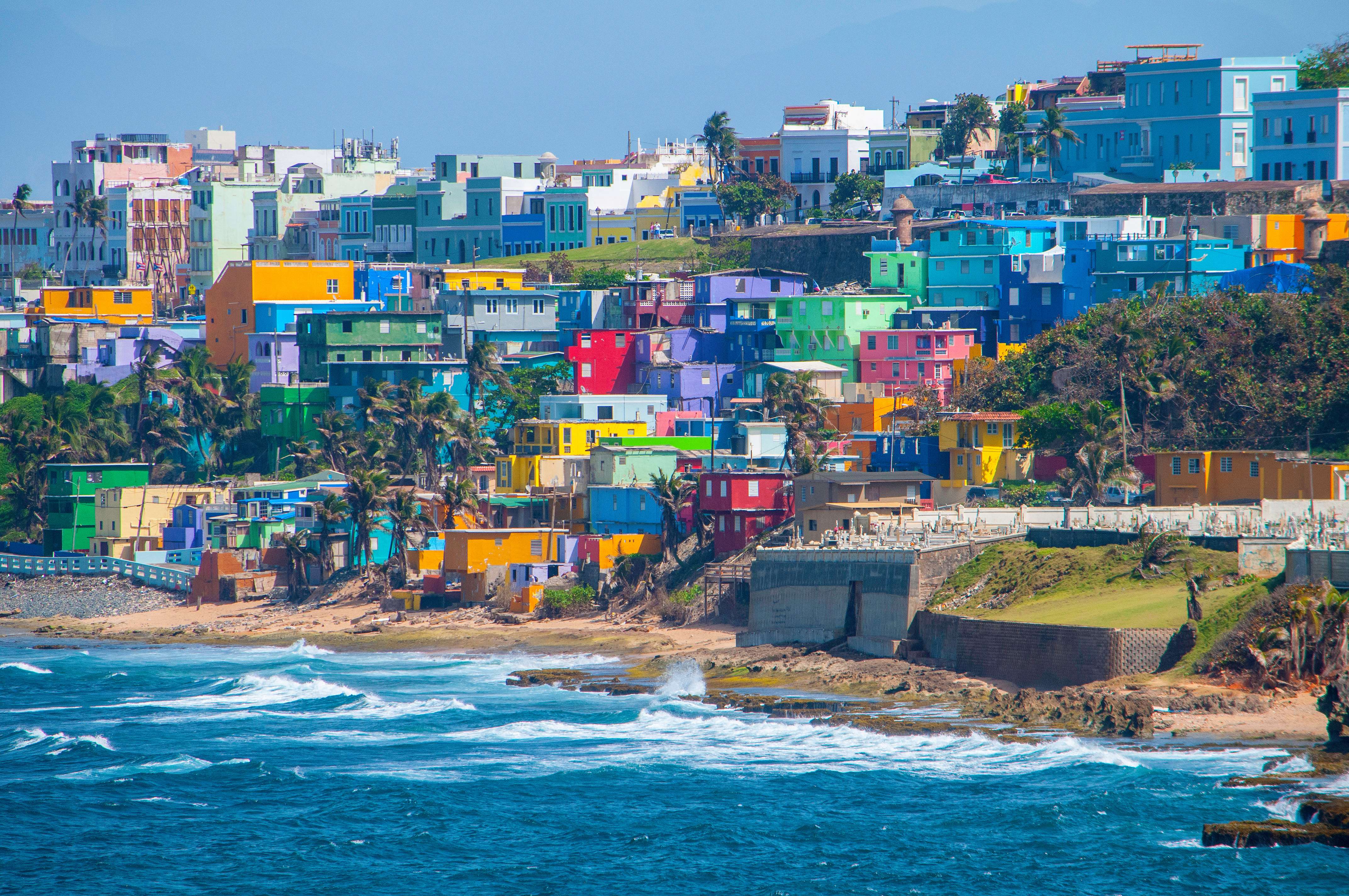What Makes South America’s Colorful Cities Stand Out on the Global Map?

South America is renowned for its vibrant culture, rich history, and stunning landscapes. Among its many attractions, the continent’s colorful cities truly capture the essence of its lively spirit. These cities aren’t just visually striking; they tell stories through their architecture, art, and traditions that resonate with locals and visitors alike.
The Vibrant Palette of South American Cities
Cities like Valparaíso in Chile are famous for their rainbow-hued houses cascading down steep hillsides. This colorful urban scenery creates a cheerful atmosphere that attracts artists and tourists from around the world. The use of bright colors in these cities is often rooted in historical practices where fishermen painted their homes to easily identify them from afar.
Cultural Significance Behind the Colors
In many South American cities, color is more than just decoration; it represents cultural identity and heritage. For example, in Bogotá, Colombia, street art plays a significant role in expressing social messages and celebrating local traditions. The murals and painted buildings contribute to a city-wide canvas that reflects community values and creativity.
Natural Influences on Urban Color Schemes
The natural environment often influences how colors are used in urban settings. Coastal cities like Cartagena in Colombia feature pastel-colored colonial buildings that complement the turquoise waters nearby. Similarly, cities surrounded by lush greenery or deserts integrate earthy tones or vivid contrasts inspired by their surroundings.
How Tourism Benefits from Colorful Urban Landscapes
These vibrant colors make South American cities popular destinations for travelers seeking unique visual experiences. Colorful neighborhoods often become cultural hubs with markets, festivals, and culinary delights that showcase local flavors alongside artistic expression.
Preservation Efforts to Maintain City Colors
Many municipalities recognize the importance of preserving their colorful facades as part of cultural heritage initiatives. Restoration projects ensure that traditional paint schemes are maintained while modernizing infrastructure without losing character—helping these iconic visuals remain part of future generations’ experiences.
South America’s most colorful cities stand out not only because of their stunning visuals but also due to the deep cultural roots behind these palettes. Whether inspired by history or nature, the vibrant hues found across this continent create unforgettable urban environments worth exploring.
This text was generated using a large language model, and select text has been reviewed and moderated for purposes such as readability.